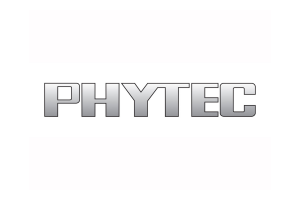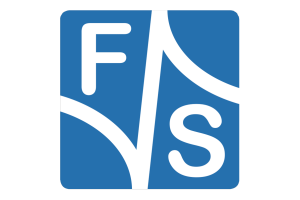Teledermatology
Start-up Checks Skin Diseases by Photo
Is that a birthmark or is it dangerous? The Start-up OnlineDoctor is based on teledermatology and enables the assessment of skin diseases by photo. According to the promise, the assessment will come within a maximum of 48 hours. Scheduling stress, waiting times and travel are eliminated.
Snapshots of tick bites, wounds or blisters: As a dermatologist at Baden Cantonal Hospital, Paul Scheidegger received photos of colleagues, residents, friends and acquaintances every day. But the requests via WhatsApp, SMS or e-mail were not only chaotic and incomplete, but above all did not comply with data protection regulations. "I thought: This should be professionalized," recalls Scheidegger, who also started working with photos in his practice: "It became clear that patients use technology much more naturally than doctors and that there is a real need for it.
In 2016, Scheidegger founded the OnlineDoctor in St. Gallen with the two economics specialists Tobias Wolf and Philipp Wustrow. The platform went online in October 2017. By 2019, the web app was already being used by more than 20% of Swiss dermatologists. According to the founders, a personal visit was only necessary for 15 percent of the patients, as shown by the current OnlineDoctor case completion rate of 85 percent. According to this, more than 20 percent of Swiss dermatologists are already using the tool. Now the startup from Hamburg would like to take off in Germany, 150 dermatologists are already participating nationwide, among them also the Professional Association of German Dermatologists (BVDD).
And this is how the concept works: On OnlineDoctor.de patients can select their desired dermatologist. With the help of a specially developed chat offer, information on the skin problem is queried in the next step. After the user has uploaded three pictures of the skin problem and paid the fee of 39 euros, the request is sent. Within 48 hours, a first assessment including a recommendation for action is sent.
The collected data is encrypted via SSL/TLS and stored exclusively on German servers. In addition, a two-factor authentication known from e-banking is used: Patients receive both an e-mail with a link containing the recommendation for action and a six-digit SMS code with which the recommendation can be downloaded.





